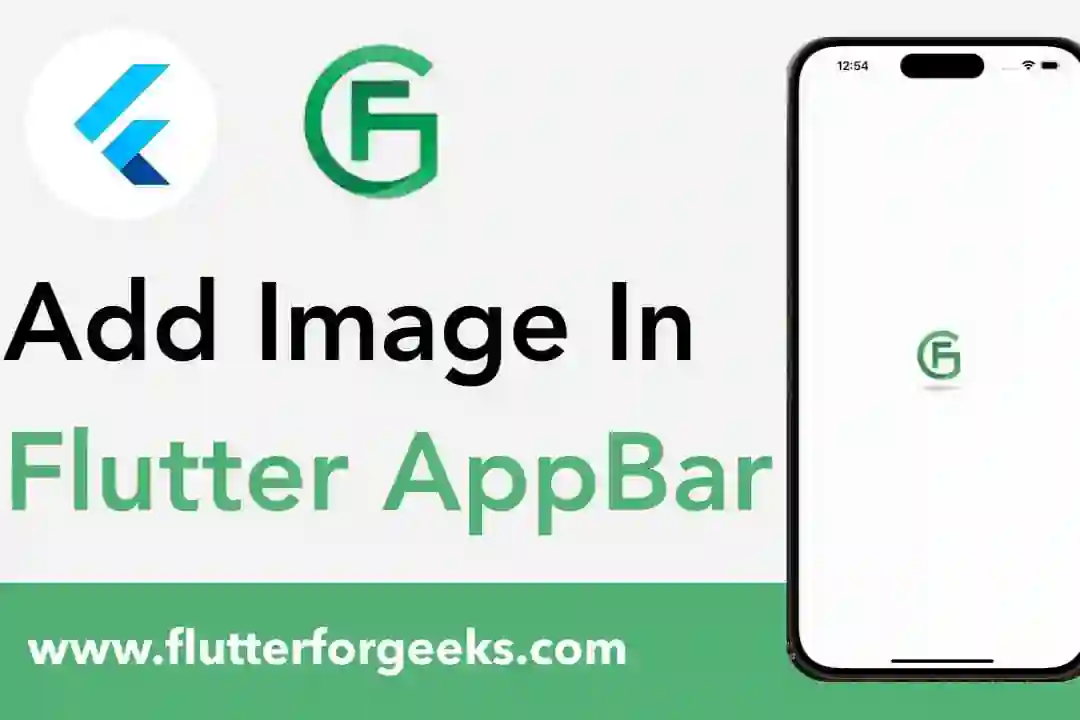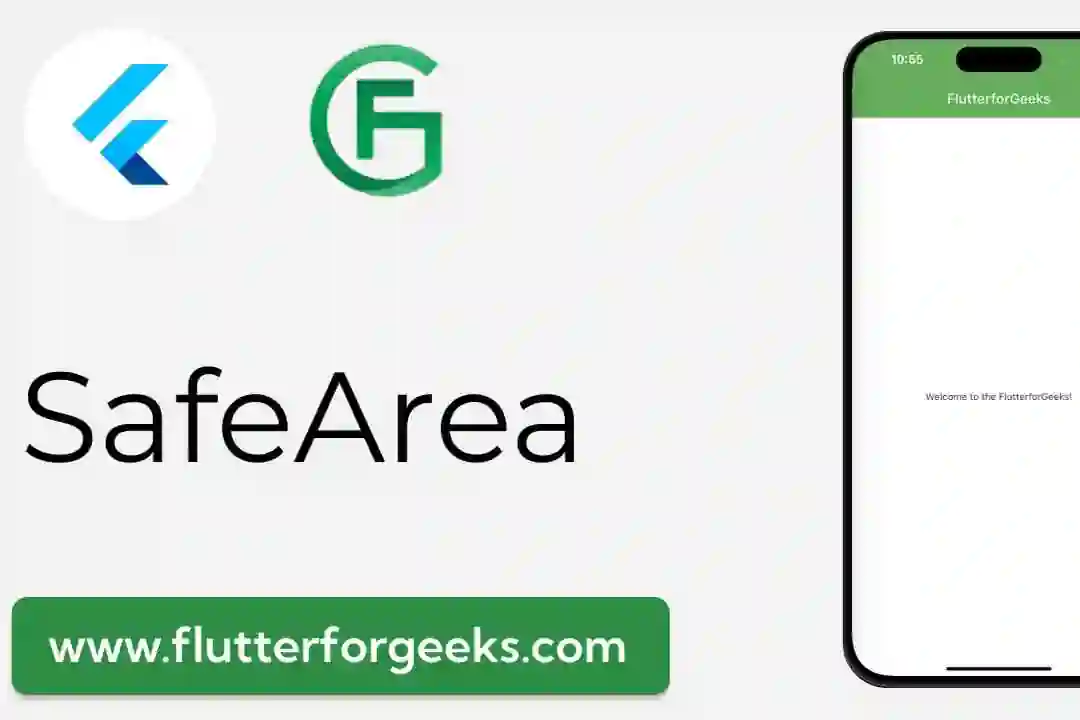Introduction:
In Flutter app development, providing a seamless and intuitive user experience is paramount to the success of any application. The RefreshIndicator widget offers a powerful tool for implementing pull-to-refresh functionality, allowing users to effortlessly update content and stay informed with the latest information. In this blog post, we'll explore the capabilities of the RefreshIndicator widget, discuss its key features, and provide practical examples to demonstrate how to use it effectively in your Flutter apps to enhance user experience and engagement.
Understanding the RefreshIndicator Widget:
The RefreshIndicator widget in Flutter provides a built-in solution for implementing pull-to-refresh functionality in scrollable views, such as ListView, GridView, and CustomScrollView. When placed as the outermost widget in a scrollable view, the RefreshIndicator displays a customizable refresh indicator at the top of the view, allowing users to trigger a refresh by pulling down on the screen. The RefreshIndicator widget simplifies the implementation of pull-to-refresh functionality, providing a consistent and intuitive user experience across different devices and screen sizes.
Key Features and Benefits:
Intuitive User Interaction: The RefreshIndicator widget offers an intuitive and familiar interaction pattern for users, allowing them to trigger a refresh by simply pulling down on the screen. This gesture-based interaction is widely recognized and understood by users, making it easy to discover and use within the app.
Customizable Refresh Indicator: Developers can customize the appearance of the refresh indicator to match the app's design language and branding. This includes options for customizing the color, size, shape, and animation of the refresh indicator to achieve the desired visual style and effect.
Built-in Loading Animation: The RefreshIndicator widget automatically displays a built-in loading animation while refreshing content, providing users with visual feedback that the refresh operation is in progress. This loading animation enhances user experience by indicating that the app is actively fetching new data and updating the content.
Seamless Integration with Scrollable Views: The RefreshIndicator widget seamlessly integrates with various scrollable views in Flutter, including ListView, GridView, and CustomScrollView. This allows developers to add pull-to-refresh functionality to scrollable content with minimal effort, enhancing user engagement and retention.
Practical Examples:
Let's explore some practical examples of how to use the RefreshIndicator widget in Flutter:
Basic Pull-to-Refresh Functionality:
RefreshIndicator(
onRefresh: () async {
// Perform refresh operation
await Future.delayed(Duration(seconds: 2));
},
child: ListView.builder(
itemCount: 20,
itemBuilder: (context, index) {
return ListTile(title: Text('Item $index'));
},
),
)
In this example, we use the RefreshIndicator widget to wrap a ListView.builder and implement basic pull-to-refresh functionality. When the user pulls down on the screen, the onRefresh callback is triggered, and the refresh operation is performed.
Customizing Refresh Indicator:
RefreshIndicator(
color: Colors.blue,
backgroundColor: Colors.white,
displacement: 100.0,
onRefresh: () async {
// Perform refresh operation
await Future.delayed(Duration(seconds: 2));
},
child: ListView.builder(
itemCount: 20,
itemBuilder: (context, index) {
return ListTile(title: Text('Item $index'));
},
),
)
Here, we customize the appearance of the refresh indicator by specifying custom colors, displacement, and background color to match the app's design.
Conclusion:
The RefreshIndicator widget in Flutter offers a powerful and intuitive solution for implementing pull-to-refresh functionality in scrollable views. By providing users with a familiar and easy-to-use interaction pattern, the RefreshIndicator enhances user experience and engagement, allowing users to stay updated with the latest content effortlessly. With its customizable refresh indicator and seamless integration with scrollable views, the RefreshIndicator widget empowers developers to create responsive and engaging user interfaces that keep users coming back for more. With the practical examples provided in this blog post, you can easily incorporate the RefreshIndicator widget into your Flutter apps and elevate user experience to new heights.












